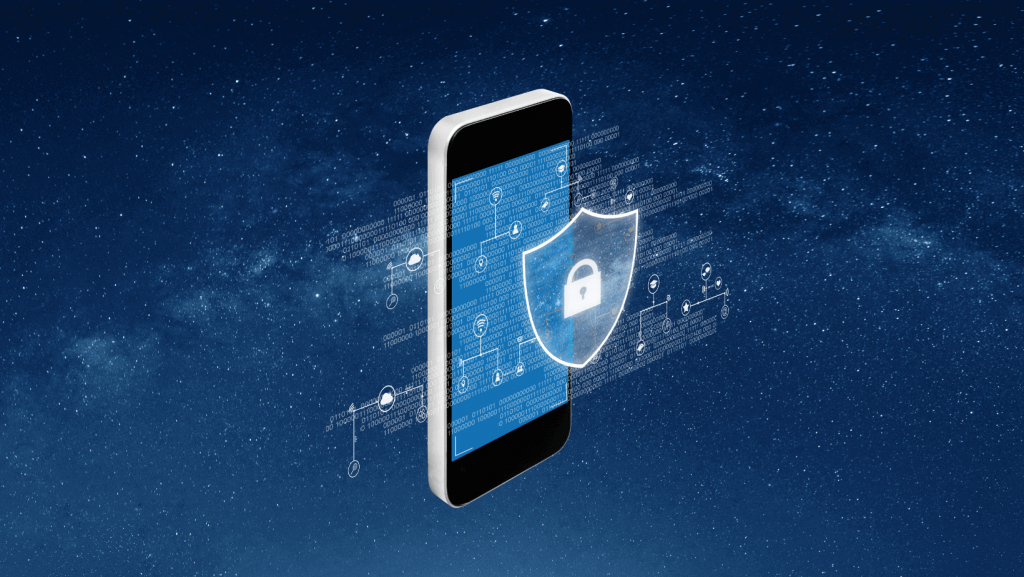Draft What To Expect from the Cybersecurity Vulnerability Landscape in 2023
Michael Pretorius
January 8, 2025

As new hostile actors and strategies develop, the ever-changing cyber threat landscape is constantly changing. As technology develops, cyber-threat actors use more sophisticated techniques to obtain private data or launch disruptive cyberattacks. The Internet of Things (IoT) has given criminals access to a wide range of linked devices and given them the ability to get into networks with various ports of entry.
Cyberattacks have considerably escalated over the past six months, seriously disrupting a variety of businesses, from transportation to healthcare. Organisations must comprehend how threat actors are targeting OT/IoT and the steps necessary to protect key assets from threat actors as cyber threats develop and become more severe.
Based on what we saw in 2022, the cyber threat landscape for 2023 is predicted to be complex and sophisticated as attackers refine their techniques for taking advantage of weak systems and networks. Here are some cybersecurity threats we expect to see in 2023
Hybrid Threat Tactics
As cyber threats become more frequent, the diversity of attack methods is expected to increase. This could potentially make it more difficult to categorise threat actors based on attack techniques, tactics, and procedures (TTPs) and motives, which have often been used as an attribution aid in the past. The ability to accurately and timely attribute a breach has become essential for organisations today: identifying the source of a certain incident and understanding their intentions allows them to create better strategies for responding effectively. As such, it is important that businesses and cybersecurity professionals remain vigilant about any changes in how threats are emerging.
Quantum Threats and Preparation
The sophistication of malicious threat actors is rapidly increasing, and that is why the Cybersecurity and Infrastructure Security Agency (CISA) has rolled out new guidance to help organisations protect their sensitive data from quantum decryption later. Using the “store now, decrypt later” (SNDL) technique, attackers are able to steal encrypted data and patiently wait until quantum computers become powerful enough to decrypt the information. This technique presents an imminent concern for companies with any type of sensitive data, such as those in the health care, finance, or defence industries. To reduce the risks associated with this type of attack, CISA encourages organisations to strengthen their encryption protocols immediately and align them with industry best practices.
Medical Device Exploits
Given the highly confidential and sensitive data medical systems store, they pose a serious threat to patient safety if manipulated. Malicious actors can exploit certain vulnerabilities using scanners to access these devices, leading to malfunctions, misreading, or even overdoses of medication in automatic release systems. In an effort to detect potential threats and protect sensitive data, healthcare organisations must apply sophisticated measures that not only prevent malicious access to these systems but can also detect early signs of exploitation. By doing so, operators are taking the necessary steps to ensure the security of patient data and minimise the risk of malfunctions due to malicious attacks.
Cyber Insurance Inflection Point
Cybercriminals are becoming increasingly savvy when it comes to extracting the maximum amount of money from their ransom activities. By conducting reconnaissance on cyber insurance policies, they can tailor their requests to match any potential claim payouts. Should this activity continue, we could see a spike in the number of claims that insurance companies have to accommodate, which would likely lead to substantially higher premiums or, worse yet, a reduction in available resources for serious claims and payouts. It is therefore pertinent for policyholders and insurers alike to remain vigilant in safeguarding against cyber attacks and act swiftly and decisively should an incident oc
AI-Driven Chatbots Used for Malicious Purposes
As AI-driven chatbot technology advances, malicious actors are recognising the potential for leveraging it to their advantage. Chatbots can be used to automate the writing of malicious code, exploit vulnerabilities, and craft more believable phishing and social engineering campaigns. Such capabilities allow for malicious campaigns to be developed much faster than before, thus increasing the frequency of cyberattacks substantially. These developments emphasise that staying ahead of malicious actors requires constant secure development lifecycle updates, as well as operational vigilance when it comes to dealing with messages from unknown entities.
Cybersecurity Professionals Will Need to Sharpen Their Skillset
As technology continues to advance, cybersecurity professionals must remain vigilant in protecting their environments from new threats. Keeping up with the ever-shifting landscape of cybercrime requires security professionals to be agile and adaptable, staying one step ahead and finding innovative ways to outwit malicious actors. Companies must ensure that they are regularly training their security personnel so they have the skills needed to protect digital assets effectively. Ultimately, if organisations can develop a culture of cybersecurity awareness across the workforce, it will go a long way towards keeping digital information safe.
In conclusion, it is evident that the cybersecurity landscape will continue to change and evolve in the next few years. Businesses need to be prepared for new threats and vulnerabilities as they arise. 2TS can help keep your business safe from cyber threats. We offer a variety of services, including managed IT security, vulnerability assessments, and incident response planning. Contact us today to learn more about how we can help protect your business from future cyber attacks.
Recent Posts
-
 Draft 4 Guidelines for Managing the Mobile Paradox10 Jan 2025
Draft 4 Guidelines for Managing the Mobile Paradox10 Jan 2025 -
 Draft From Vulnerability to Victory: Supply Chain Security for SMEs10 Jan 2025
Draft From Vulnerability to Victory: Supply Chain Security for SMEs10 Jan 2025 -
 Draft Data Breach Prevention and Response: Building an Effective Incident Response Plan10 Jan 2025
Draft Data Breach Prevention and Response: Building an Effective Incident Response Plan10 Jan 2025 -
 Draft Mobile Device Security: Protecting Your Data on the Go10 Jan 2025
Draft Mobile Device Security: Protecting Your Data on the Go10 Jan 2025